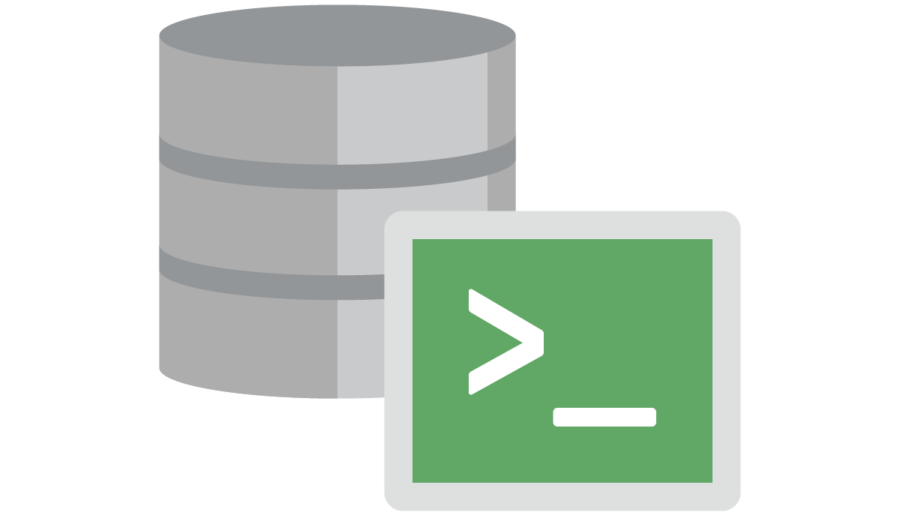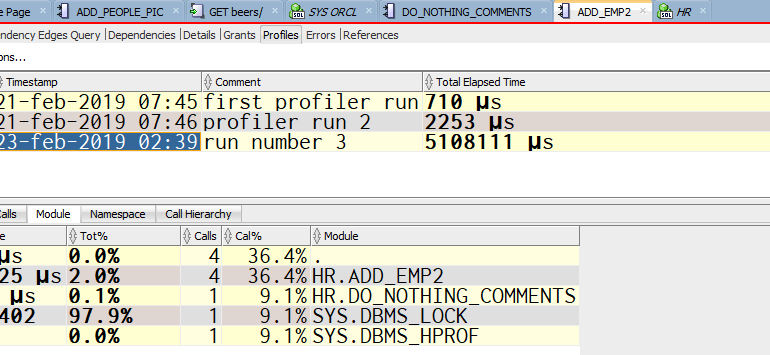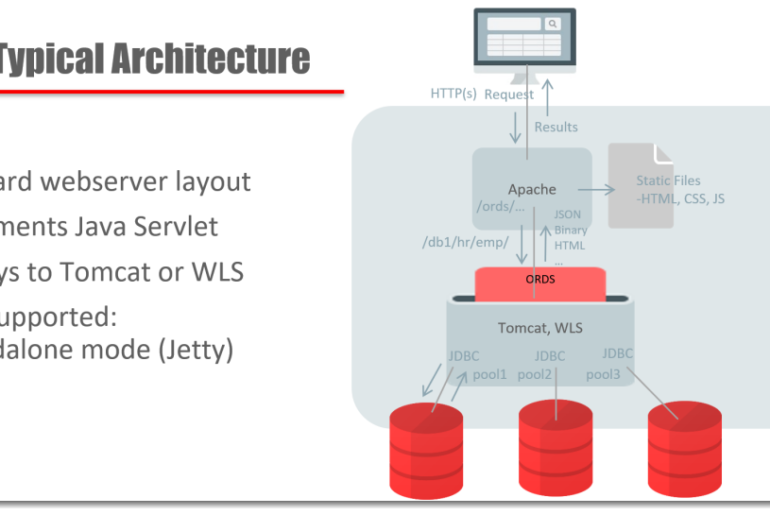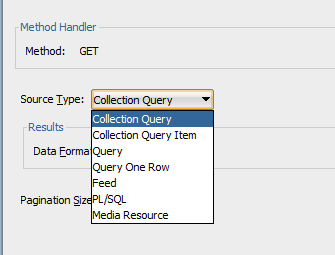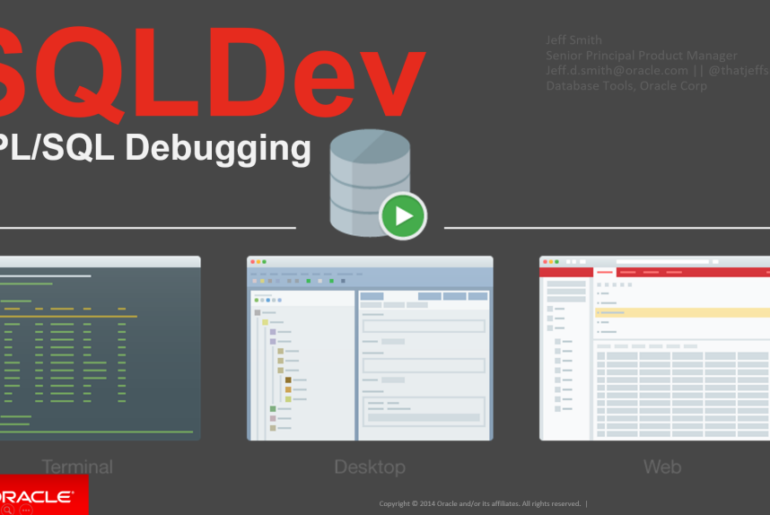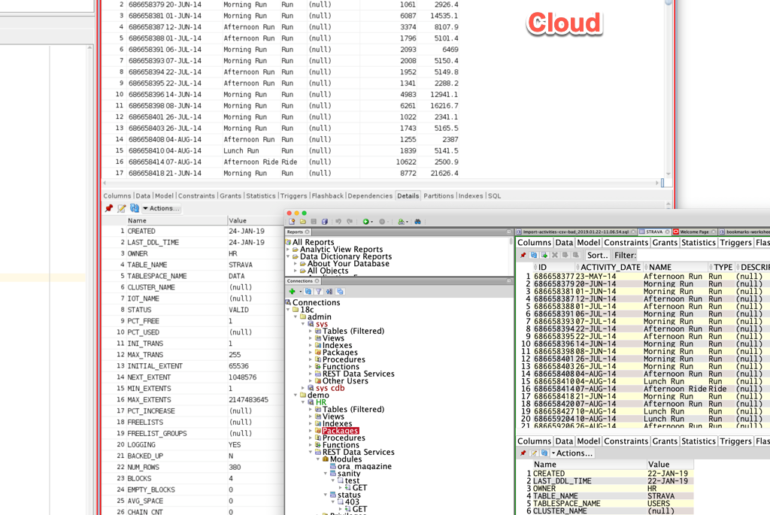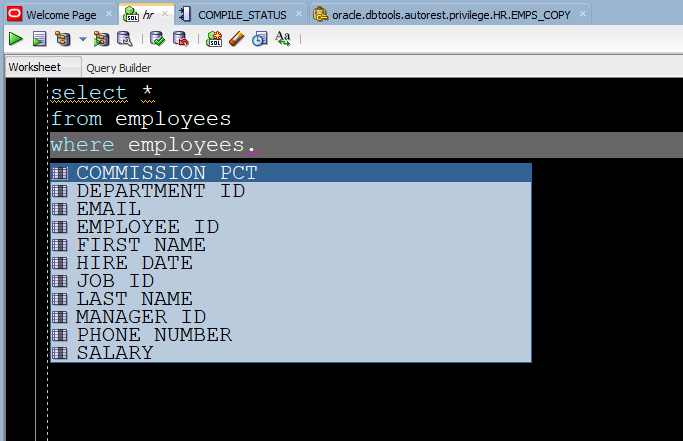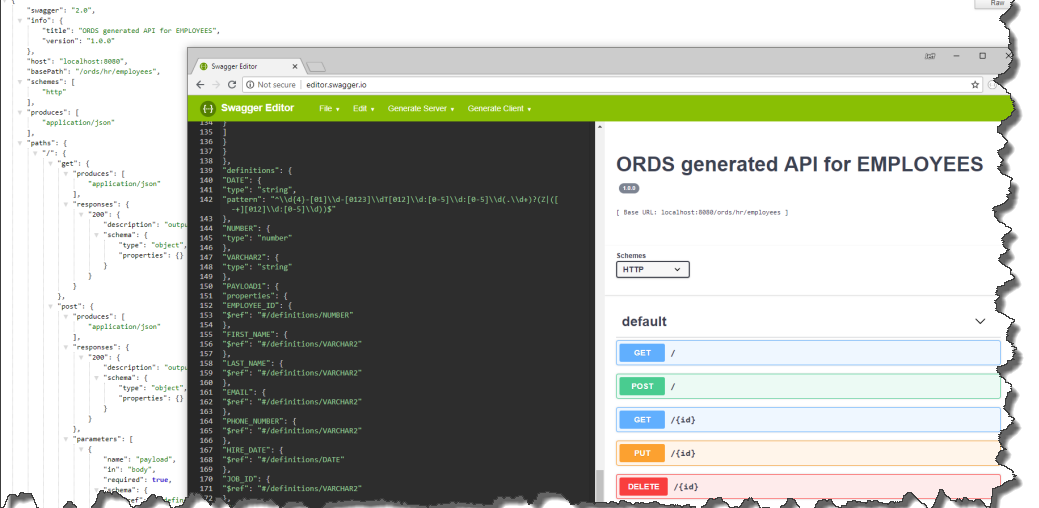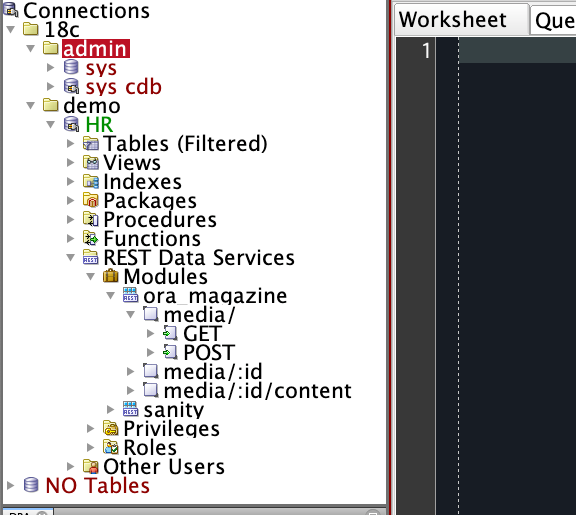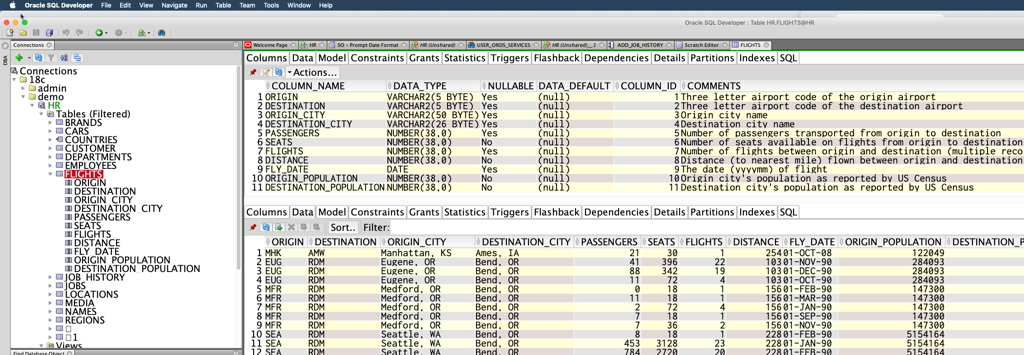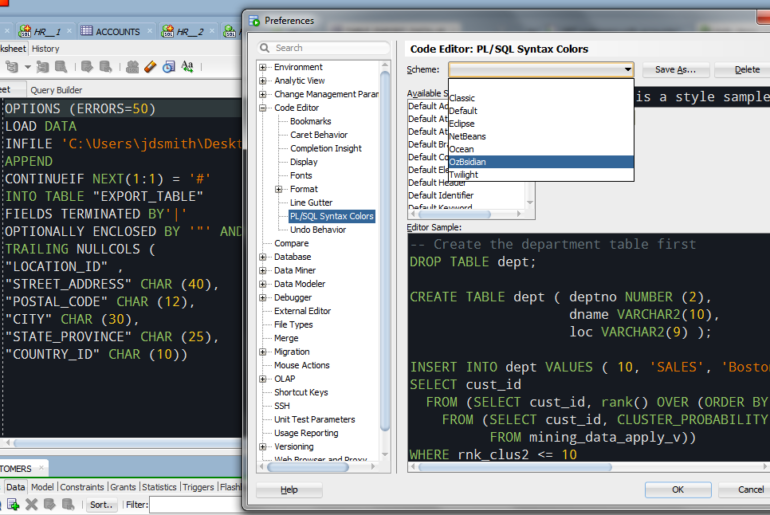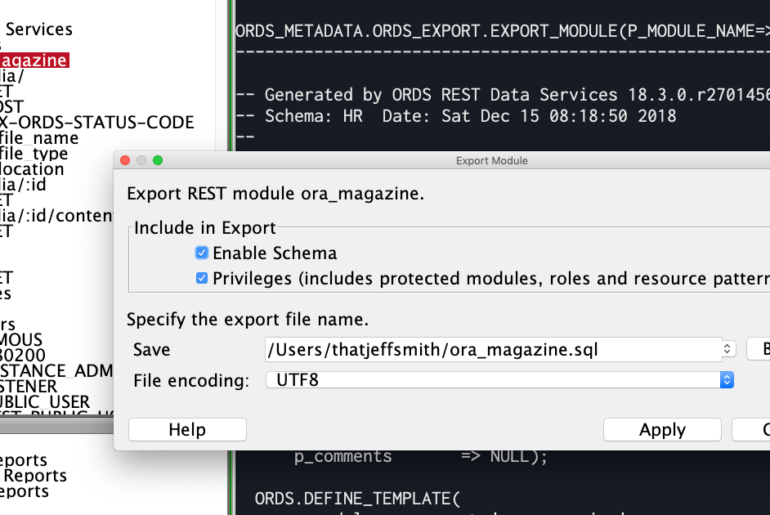I have a PL/SQL block of code – I wonder where most of the time is being spent to execute it? Well guess what? The PL/SQL team has given us an interface to answer this exact question. The PL/SQL Hierarchical Profiler does 3 things of note: Reports the dynamic execution profile of your PL/SQL program, organized by subprogram callsAccounts for SQL and PL/SQL execution times separatelyMakes me feel like an idiot whenever I try to…





